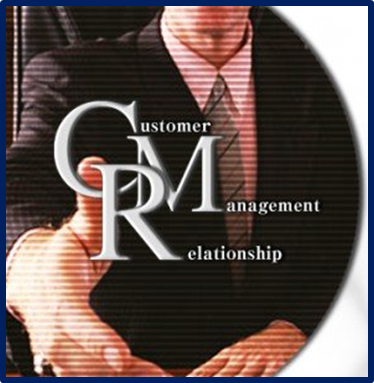Sales professionalism 16
By: Dr. M. Shehab
All rights reserved to the writer
Modern selling
Today, salespeople must have a wide range of skills to compete successfully in the market more than selling skills, communication and negotiations. The days when salespeople or medical reps required simple presentation & closing skills are gone. These new skills are:
1- Customer retention and deletion: many companies find that 80 percent of their sales come from 20 percent of their customers. This means that it is vital to capitalize resources to retain existing high volume, high potential and highly profitable customers.
Key account management has become an important form of sales organization because it means that a salesperson can focus their efforts on one or a few major customers. Also companies are finding that some small customers actually cost the organization money. This because servicing those customers may increase costs (the sales call cost).
Larger companies may have to change to telemarketing or the internet as a means to communicate with those small customers or drop them altogether.
2- Database and knowledge management: the modern sales force needs to be trained in the use and creation of customer databases, and how to use the internet to aid the sales task (e.g. finding customer and competitor information). In the past medical reps recorded customer information on cards (physicians’ lists) and sent it through the post to head office.
Today, technological advances such as email, mobile phones and video conferencing have transformed the way knowledge is transferred.
Laptops mean that salespeople can store customer and competitor information, make presentations and communicate with head office electronically. Furthermore, information supplied by the company, such as catalogues and price lists, can be held electronically.
3- Customer relationship management: customer relationship management (CRM) requires that the sales force focuses on the long term and not simply on closing the next sale.The emphasis should be on creating win–win situations with customers so that both parties to the interaction gain and want to continue the relationship. For major customers, relationship management may involve setting up dedicated teams to service the account and maintain all aspects of the business relationship.
4- Marketing the product: the modern salesperson is involved in a much broader range of activities than simply planning and making a sales presentation. Indeed, face to face presentations can now sometimes be replaced by information presented on web pages and by email attachments that give the customer up-to-date information on many topics more quickly and comprehensively, and in a more time-convenient manner than many face-to-face interactions .
The role of the salesperson is expanding to participation in marketing activities such as product development, market development and segmentation of markets, as well as other tasks that support marketing activities such as database management, provision and analysis of information, and assessing market segments.
5- Problem solving and system selling: much of modern selling, particularly in business to business (B2B) situations, is based upon the salesperson acting as a consultant working with the customer to identify problems, determine needs and propose and implement effective solutions. This approach is fundamentally different from the traditional view of the salesperson being a smooth fast-talker who persuades the customer to buy and walks away with an order.
6- Satisfying needs and adding value: the modern salesperson must have the ability to identify and satisfy customer needs. Some customers do not recognize they have a need. It is the salesperson’s job in such situations to stimulate need recognition. For example, customers may not realize that a machine in the production process has low productivity compared to newer, more technologically advanced machines. The salesperson’s job is to make customers aware of the problem in order to convince them that they have a need to modernize the production process. In this situation the salesperson will have added value to the customer’s business by reducing costs and created a win–win situation for their company and the customer.
I will be happy with your comments.


